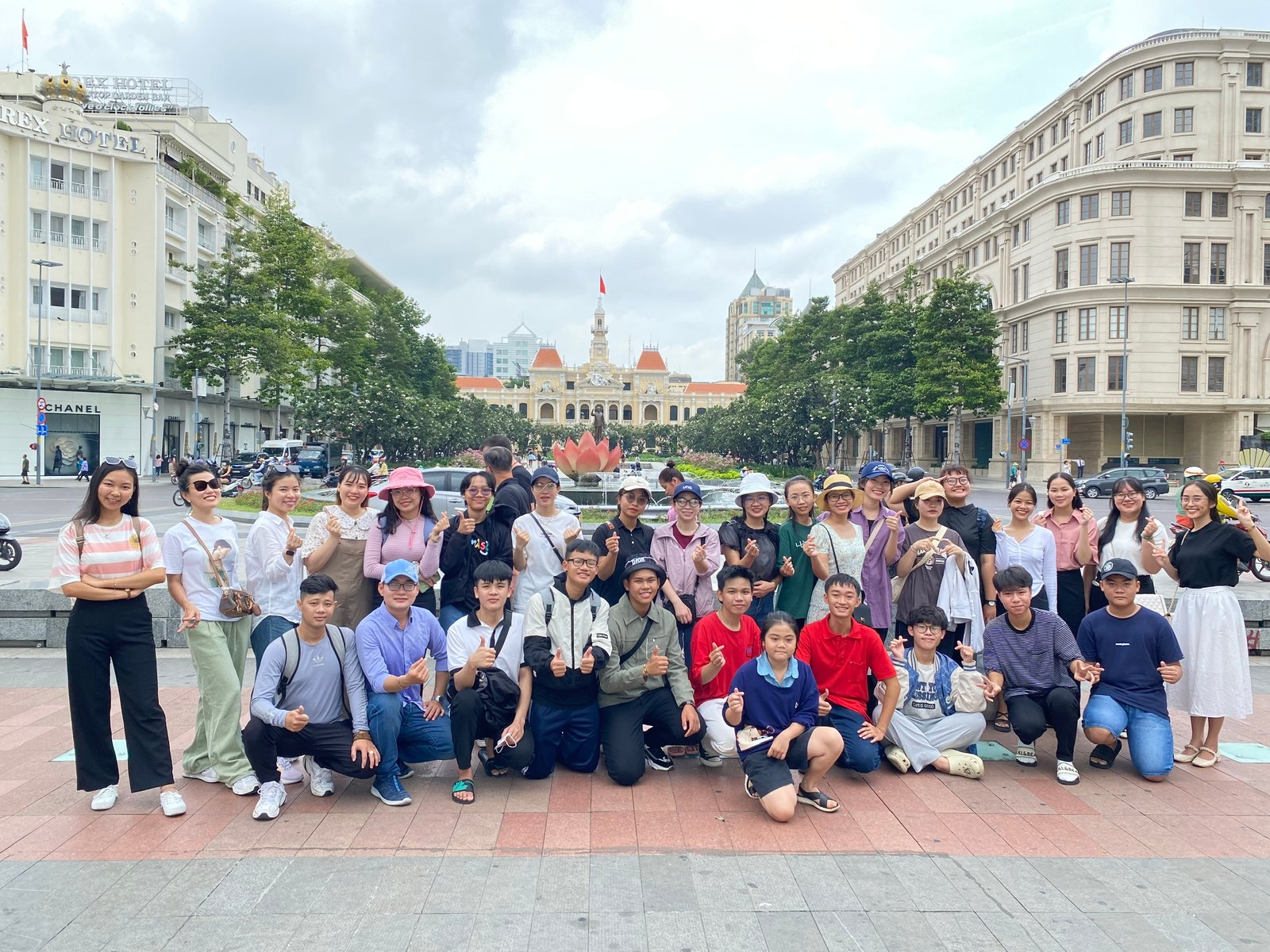According to one folk tale, autumn is when the ethereal husband and wife, the Herd-boy (Ngưu Lang) and the Weaving-girl (Chức nữ), are allowed to meet. The two spend the rest of the year separated by the Milky Way. During lunar Mid-Autumn, their tears fall to the earth in a light rain called “ngâu rain”, which is unlike summer’s drenching rain or winter’s prolonged rain with its fierce winds that ruin the soil.
However, without question, the most fundamental feature of Viet Nam’s autumn is the moon, which is clear and bright and visible more frequently than in any other season in Viet Nam. According to Professor Hoàng Xuân Hãn, an outstanding Vietnamese scholar of calendars, historians for many centuries have recorded in detail the chronology (based on the luni-solar calendar) of earthquakes, solar eclipses, and Mid-Autumn Festivals without a clear moon. These records show that rain made the moon invisible only a half dozen Mid-Autumn nights during the last millennium.

Chinese people name the moon differently from Vietnamese. In China, moon represents the female (yin or am). Many Vietnamese poets and writers influenced by Chinese culture have called the moon “Lady moon” (Ả Nguyệt) or “sister Moon” (Chị Hằng).
However, Vietnamese folklore sees the moon as male (yang or Dương) and names it “Ông Trăng” (Mr Moon), “Ông Giẳng”, or “Ông Giăng” (the way children lisp the name “Ông Trăng”).
One Vietnamese folk verse (ca dao) says it this way:
Mr.moon marries Lady Sky
They wed in May, pay wedding fees in October
On Mid-Autumn nights, the full moon is normally spherical and bright with surface colours of light blue and soft black, inspiring many tales explaining its origin. Chinese people tell the story of Heng’e and her husband. Heng’e steals the precious elixir of life from her husband, Hou Yi, and flies to reside on the moon. She becomes an immortal fairy but lives alone in spacious and solitary Guang Han Palace.

Vietnamese people tell the story of “The Banyan Tree and the Boy Cuội” (Cay da, chú Cuội). Cuội, a poor boy, must earn his living by cutting grass to feed the landowner’s buffalo. Unfortunately, he has the bad habit of telling lies to everyone. In the end, no one will listen to him. Finally, Cuội flees to moon and lives under a banyan tree.
A Vietnamese children’s folk song (Đồng dao), which often accompanies a game, tell us:
Cuội sits under a banyan tree
Letting the buffalo eat the rice; he calls his father, “ới ơi”
His father is cutting grass in heaven
His mother rides a horse to alert the mandarins
One brings his pen-brush and an ink-stone
Another, money to ransom the banyan leaves…
Althougt this folk song may sound peculiar and somewhat meaningless, its nonsense and humour make it interesting and unforgettable. Millions of Vietnamese children learn the song by heart. Cuội is a popular character among Vietnamese people as a symbol of a good liar (nói dối như Cuội – to tell a lie like Cuội).

Mid-Autumn Festival also coincides with the middle of the green rice (cốm) season. Among cốm villages, Vòng Village near Hà Nội is the most famous and the most popular. August in the Lunar Calendar also marks the wedding season in the capital. A man may press his finance with talk of traditional wedding dishes:
Let me buy Cốm and persimmons as presents for your parents..
The jade-coloured Cốm placed beside ruby persimmons creates a bright and harmonious picture. In the afternoon of the Mid-Autumn Festival, mothers and daughters are busy arranging fruits – Star Fruit, Grapefruit, Persimmons, and Bananas – and special Mid-Autumn cakes on a big plate (bày cỗ Trung Thu). While green sticky rice cakes (Bánh chưng) are an integral part of the Lunar New Year (Tết Nguyên Đán), Baked Moon Cakes (bánh nướng) and Soft Moon Cakes (Bánh dẽo) are traditional parts of Mid-Autumn Festival and are also called Bánh Trung Thu (Mid-Autumn Festival Cakes). At night, guests all enjoy a banquet (phá cỗ) while admiring the autumn moon.
